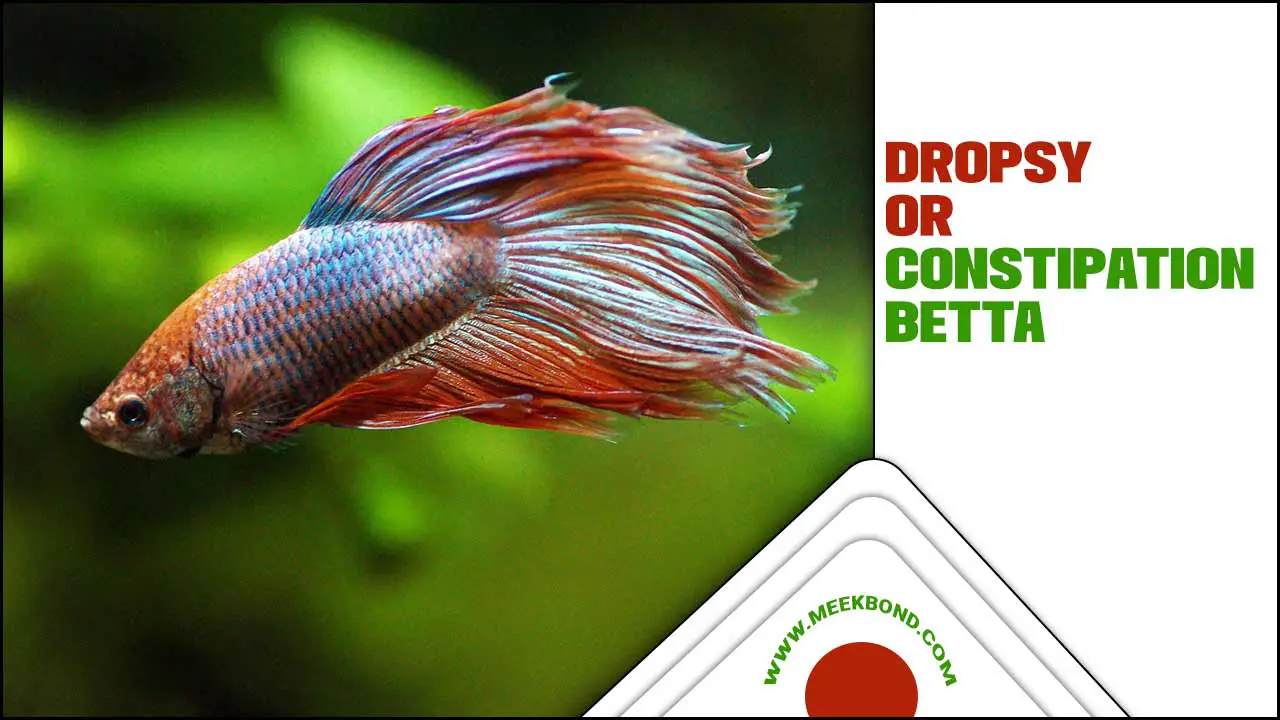The Bermuda Triangle has long been shrouded in mystery and intrigue, with numerous unexplained disappearances and strange phenomena occurring within its boundaries.
However, beneath the surface of this enigmatic region lies a diverse and vibrant ecosystem filled with abundant tropical fish. From colorful reef fish to majestic pelagic species, the Bermuda Triangle is a haven for marine life.
We will delve into the world of Bermuda Triangle tropical fish, uncovering these fascinating creatures’ unique characteristics and behaviors. Whether you are a seasoned scuba diver or simply love marine life, this comprehensive guide will give you everything you need to know about the tropical fish that call the Bermuda Triangle home. So, join us as we embark on an underwater journey to discover the captivating world of Bermuda Triangle tropical fish.
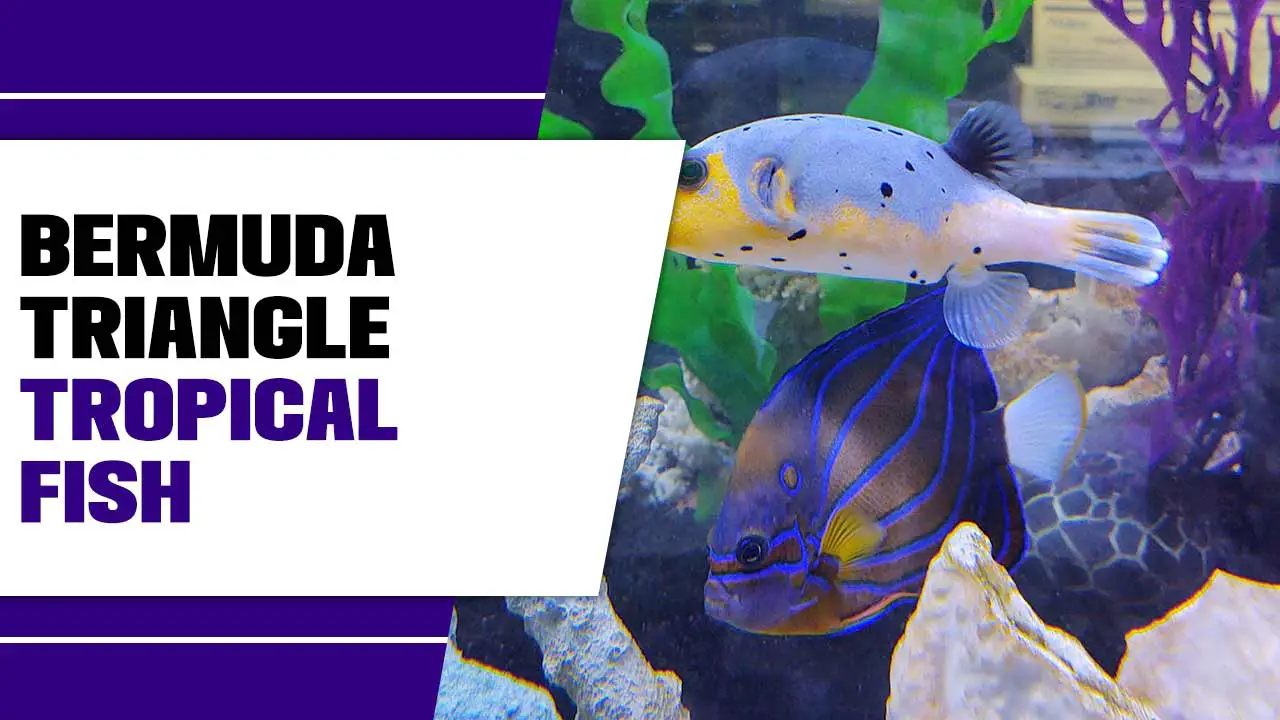
How To Preserve The Biodiversity Of Bermuda Triangle Tropical Fish?
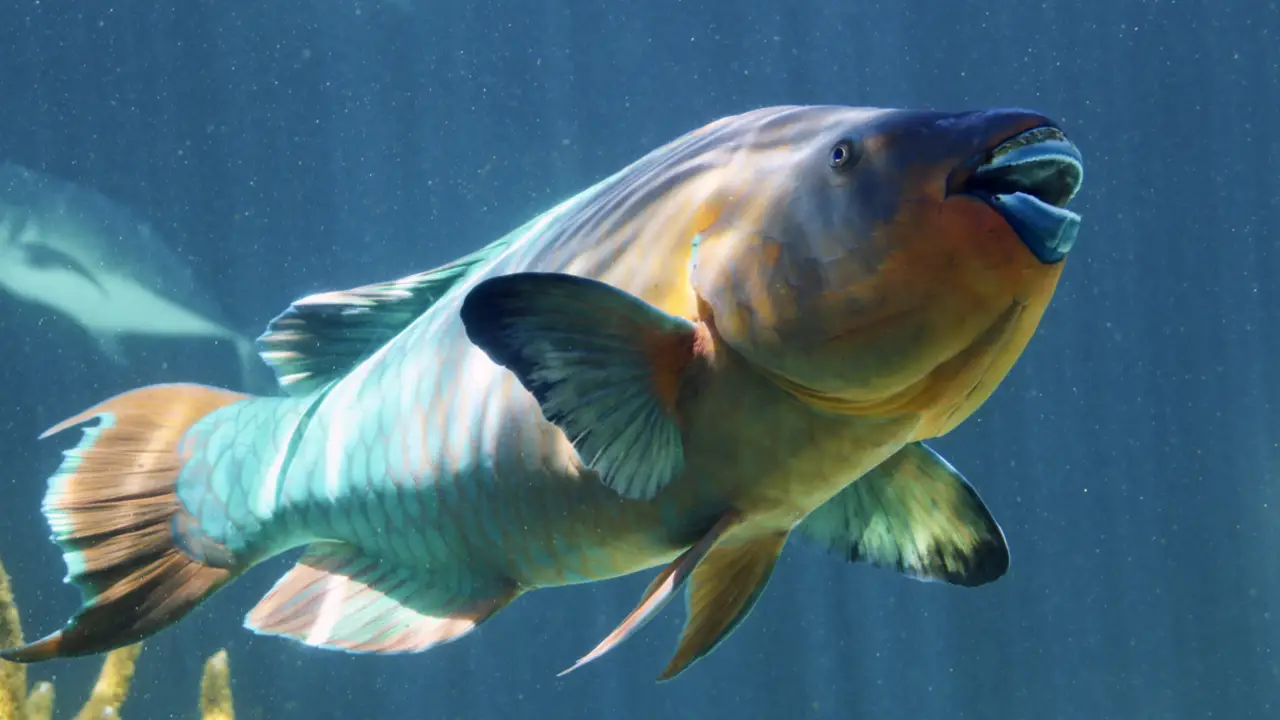
Preserving the biodiversity of the Bermuda Triangle is crucial for maintaining the delicate ecosystem and protecting the tropical fish species that call it home. With its unique geographical location and warm waters, the Bermuda Triangle provides various marine life habitats, including colorful tropical fish.
To preserve this biodiversity, it is important to implement sustainable fishing practices, such as avoiding overfishing and using responsible fishing methods. Additionally, efforts should be made to reduce pollution and protect coral reefs. Which are essential for the survival of many fish species. By taking these steps, we can ensure that future generations can continue to enjoy the beauty and diversity of the tropical fish in the Bermuda Triangle.
Importance Of Preserving The Biodiversity Of Bermuda Triangle Tropical Fish
Preserving the biodiversity of Bermuda Triangle tropical fish is of utmost importance. A wide variety of unique and vibrant fish species, many of which cannot be found anywhere else in the world, inhabit the Bermuda Triangle. These fish play a crucial role in maintaining the delicate ecosystem of the Bermuda Triangle, as they help control prey species’ populations and contribute to the overall health and balance of the marine environment. Additionally, these fish provide countless opportunities for scientific research and discovery. Their unique adaptations and behaviors can offer valuable insights into marine biology and evolution. By preserving the biodiversity of Bermuda Triangle tropical fish. We protect a precious natural resource and ensure that future generations can continue to benefit from the beauty and wonder of this remarkable underwater world.
Threats To The Biodiversity Of Bermuda Triangle Tropical Fish
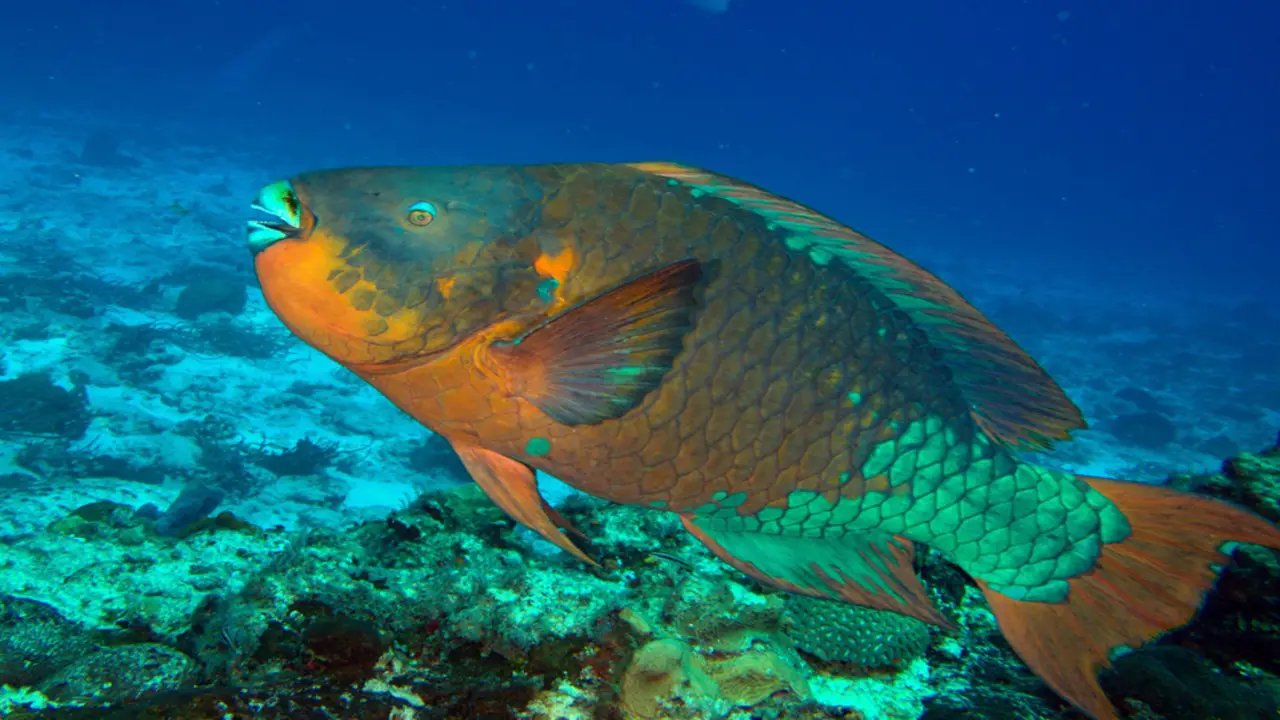
Climate change poses a significant threat to the biodiversity of Bermuda Triangle tropical fish. Rising temperatures and ocean acidification lead to habitat loss and coral bleaching, endangering the delicate ecosystems where these fish reside. Overfishing is another major concern, as it reduces fish populations and disrupts the food chain.
Human activities also contribute to pollution, affecting these fish’s health and reproduction. Furthermore, destructive fishing practices and coastal development result in habitat destruction. Invasive species further compound the threats by outcompeting native fish species. It is essential to address these challenges to ensure Bermuda Triangle tropical fish’s long-term survival and conservation.
Climate Change And Its Effects On The Ecosystem
Rising ocean temperatures significantly impact the physiology and behavior of fish in the Bermuda Triangle region. The increased temperatures can disrupt their feeding patterns, reproductive cycles, and overall survival. Additionally, ocean acidification resulting from climate change threatens the growth and survival of coral reefs, which serve as essential habitats for many fish species.
Changes in weather patterns, such as altered rainfall and wind patterns, can influence fish migration and reproduction. Furthermore, sea-level rise caused by climate change leads to coastal erosion and habitat loss, further exacerbating the challenges faced by fish populations. The increased frequency and intensity of storms also threaten fish habitats, with the potential for damage and destruction.
Overfishing And Its Impact On Fish Populations
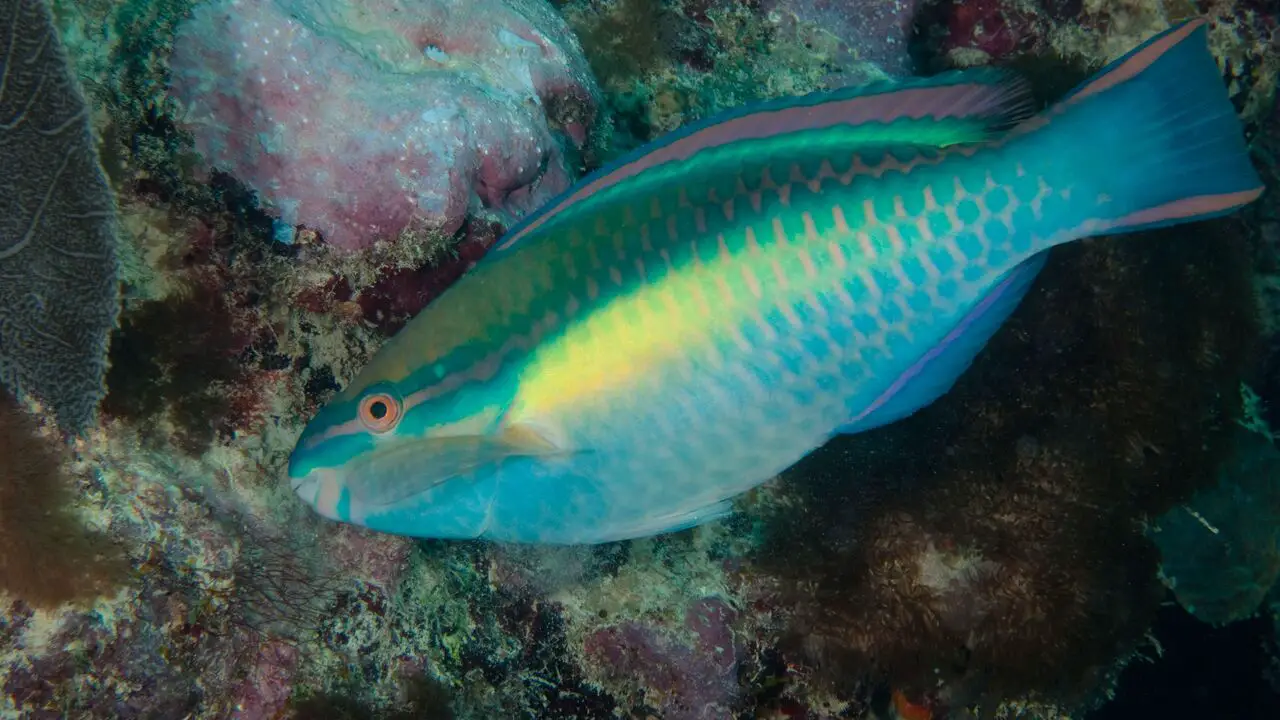
Overfishing poses significant threats to fish populations and the overall health of the marine ecosystem. However, overfishing disrupts the delicate balance of the marine food web by depleting fish stocks and reducing biodiversity. The consequences are far-reaching, as overfishing impedes the recovery of overfished species and threatens the livelihoods of fishing communities.
Additionally, overfishing increases the risk of illegal, unreported, and unregulated fishing practices, further exacerbating the problem. It is crucial to address the issue of overfishing through sustainable fishing practices and regulations to ensure the long-term health and sustainability of fish populations in the Bermuda Triangle region.
Pollution And Habitat Destruction In The Bermuda Triangle
The Bermuda Triangle is popular for its mysterious disappearances and unexplained phenomena, but it is also home to a diverse array of tropical fish species. However, these fish face numerous challenges due to pollution and habitat destruction in the area. Pollution from oil spills, plastic waste, and chemical runoff can devastate the delicate ecosystem of the Bermuda Triangle, including its tropical fish population.
Additionally, habitat destruction caused by human activities such as fishing, dredging, and coastal development further threatens the survival of these fish species. Measures must take to protect and preserve the unique marine life found in the Bermuda Triangle to ensure their continued existence for future generations.
Conservation Efforts And Initiatives To Protect Bermuda Triangle Tropical Fish
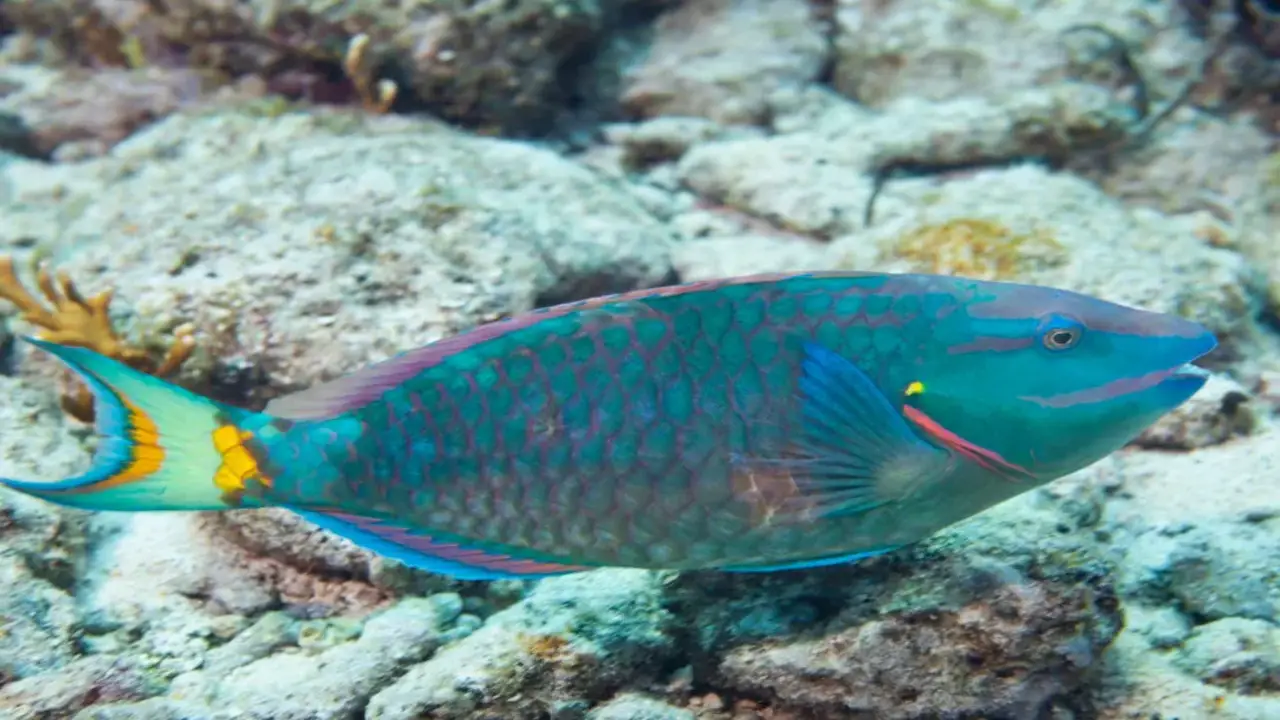
Conservation efforts and initiatives are crucial to safeguard the unique and enchanting Bermuda Triangle tropical fish. Marine reserves have been established to protect their habitats. Preserving the delicate ecosystems these fish rely on. Additionally, sustainable fishing practices and regulations are in place to ensure responsible harvesting and prevent overexploitation.
Encouraging responsible tourism helps minimize environmental impacts and raise awareness about the importance of conservation. Research and monitoring programs track fish populations, providing valuable data for effective management strategies. Collaboration with international organizations further strengthens cross-border conservation efforts. Together, these initiatives aim to secure the future of Bermuda Triangle tropical fish and maintain the delicate balance of this remarkable ecosystem.
Sustainable Fishing Practices And Regulations
To ensure the sustainability of Bermuda Triangle tropical fish, it is crucial to implement effective fishing practices and regulations. Catch limits and size restrictions should be set to prevent overfishing and maintain healthy fish populations. Selective fishing methods can minimize bycatch and protect non-target species.
We should encourage using biodegradable fishing gear to reduce marine pollution and preserve the ecosystem. Implementing seasonal fishing closures is essential to safeguard breeding grounds and allow fish populations to replenish. Supporting certification programs promotes sustainable seafood consumption, ensuring the long-term viability of Bermuda Triangle tropical fish.
Marine-Protected Areas In The Bermuda Triangle Region
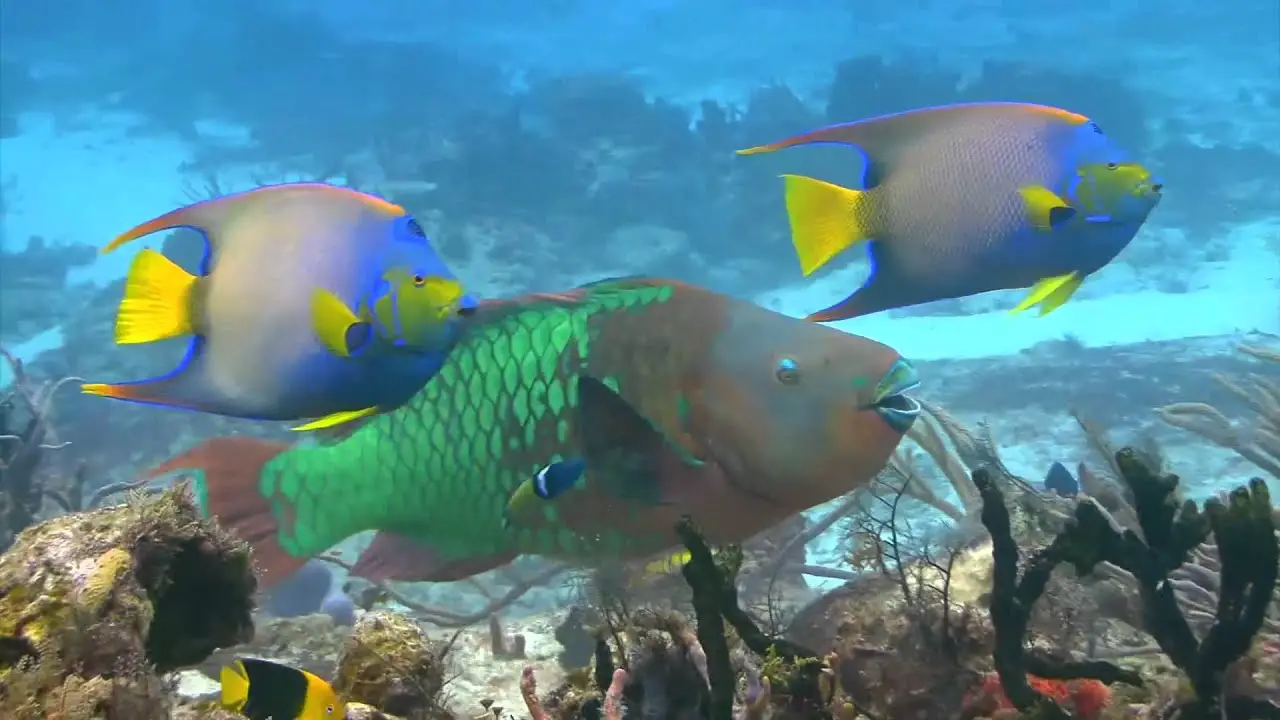
Marine protected areas in the Bermuda Triangle region play a crucial role in conserving the diverse tropical fish species in these waters. Efforts are made to create no-take zones protecting fish spawning and nursery areas.
Additionally, marine reserves are designated to safeguard vulnerable fish species, ensuring their long-term survival. Buffer zones are established to reduce human impact on fish habitats, while zoning systems help balance conservation and sustainable use. Effective management of these protected areas involves collaboration with local communities and engagement of stakeholders to ensure their success in preserving the unique marine ecosystem of the Bermuda Triangle.
Community Involvement And Education For Conservation Awareness
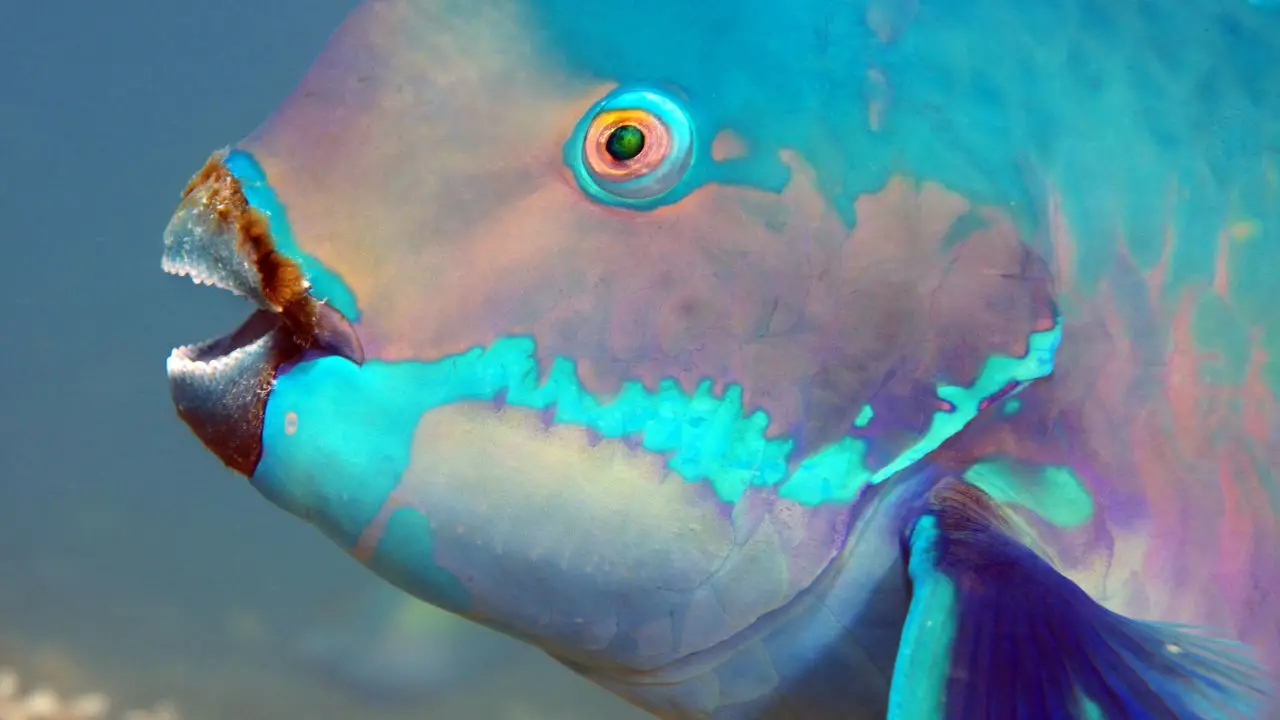
The Bermuda Triangle is not only popular for its mysterious disappearances, but it is also home to a diverse range of tropical fish species. The triangle’s warm waters and unique ecosystem attract colorful and exotic fish, making it a popular destination for divers and marine enthusiasts. However, it is important to approach this delicate ecosystem with care and respect.
Education and community involvement are crucial for conserving these tropical fish species. By promoting sustainable fishing practices, protecting their natural habitats, and raising awareness about preserving biodiversity, we can ensure that future generations can enjoy the beauty and wonder of the Bermuda Triangle’s tropical fish. You of the Bermuda Triangle’s tropical fish population for future generations to enjoy.
Tips For Responsible Tourism And Diving In The Bermuda Triangle
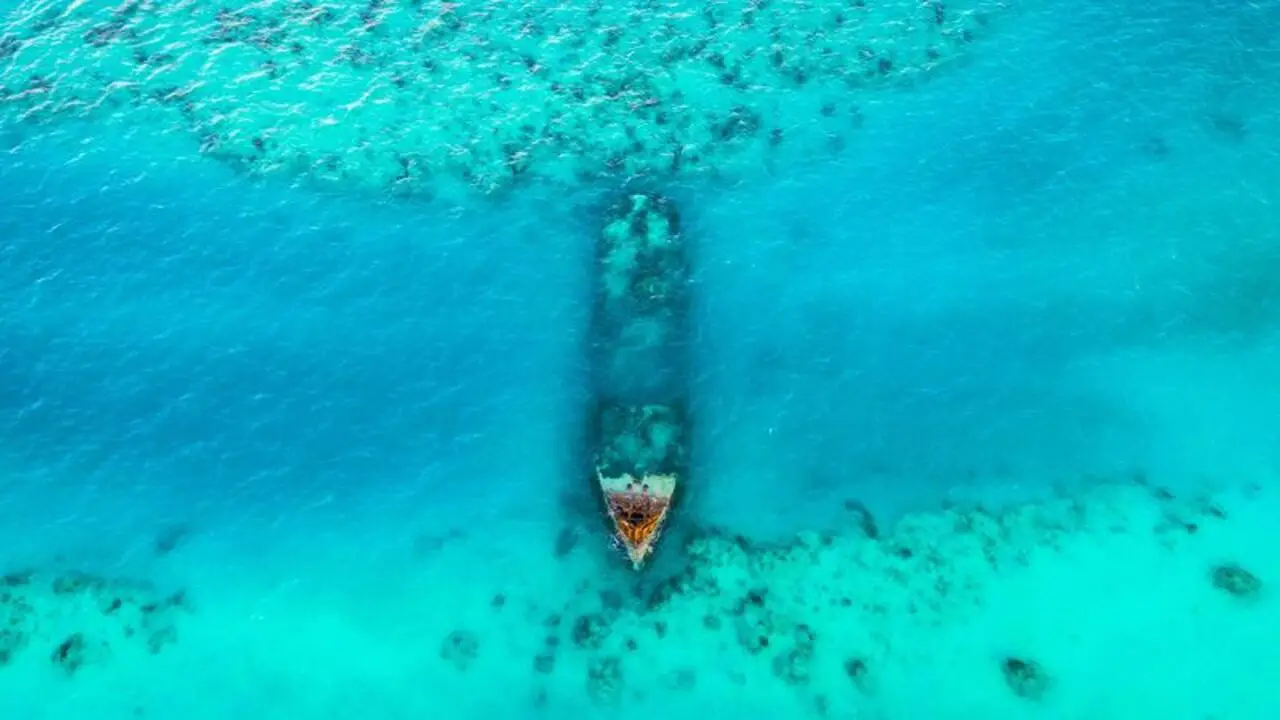
The Bermuda Triangle, also known as the Devil’s Triangle, is a region in the western part of the North Atlantic Ocean where several aircraft and ships have disappeared under mysterious circumstances. When diving in the Bermuda Triangle, it is important to practice responsible tourism to protect the delicate ecosystem and ensure a positive experience for both divers and marine life. Here are some tips for responsible diving in the Bermuda Triangle:
- Choose eco-friendly dive operators: Look for those who prioritize sustainable practices, such as using reef-safe sunscreen, avoiding anchoring on fragile coral reefs, and following responsible diving guidelines.
- Respect marine life: Do not touch or disturb marine life, as this can cause stress or harm to the animals. Keep a safe distance and never chase or harass marine creatures.
- Dive within your limits: Ensure you have the training and experience for the dive sites you plan to visit. This will help prevent accidental environmental damage and ensure your safety.
- Practice good buoyancy control: Proper buoyancy control helps avoid accidentally damaging corals or disturbing sediment on the ocean floor. Take care not to kick up sand or stir up silt while diving.
- Leave only bubbles: Take all your trash when leaving the dive site, including any plastic bags or other debris that currents may have brought. Dispose of trash properly on land.
By following these tips, you can enjoy a memorable and responsible diving experience in the Bermuda Triangle while helping to preserve its unique marine ecosystem for future generations.
Conclusion
Preserving the biodiversity of Bermuda Triangle tropical fish is crucial for maintaining the ecosystem’s delicate balance and ensuring the survival of these enigmatic beauties. Threats such as climate change, overfishing, and pollution pose significant risks to their existence. It is imperative that we take immediate action to mitigate these threats and protect their habitats.
Conservation efforts, sustainable fishing practices, and establishing marine protected areas are essential in safeguarding their future. Additionally, community involvement and education play a vital role in raising awareness about the importance of conservation. As visitors and enthusiasts, we can contribute to their preservation by practicing responsible tourism and diving. Together, let’s work towards preserving the biodiversity of Bermuda Triangle tropical fish and ensuring their continued existence for generations to come.
Frequently Asked Questions
What Fish Is Native To Bermuda?
Bermuda, located in the Atlantic Ocean, is home to a diverse range of tropical fish species. Some native fish to Bermuda include the Bermuda chub, blue angelfish, and longtail bass. The waters surrounding Bermuda also boast yellowfin tuna, wahoo, marlin, and vibrant reef fish thriving in the coral reefs.
How Is Bermuda Triangle Tropical Fish Rated?
Bermuda Triangle Tropical Fish do not have an official rating system. However, some highly-rated species include the Queen Angelfish, Bluehead Wrasse, and Yellowtail Damselfish. The rarity and uniqueness of certain species may also influence their perceived rating. Ultimately, the beauty and appeal of these fish are subjective to individual preferences.
What Days Are Bermuda Triangle Tropical Fish Open?
If you’re referring to a physical store, you should check their website or contact them directly for their opening days. However, if you’re referring to a virtual store or online retailer, they may be open 24/7. Always review their shipping and return policies before making a purchase.
What Makes The Bermuda Triangle A Popular Destination For Tropical Fish Enthusiasts?
The Bermuda Triangle is renowned among tropical fish enthusiasts for its diverse range of species. Its warm waters and unique ocean currents create an ideal habitat for fish, including angelfish, triggerfish, and parrotfish. Additionally, the area’s shipwrecks attract fish, making it a popular spot for divers and snorkelers.
What Are Some Common Challenges Faced By Scientists Studying Tropical Fish In The Bermuda Triangle?
Studying tropical fish in the Bermuda Triangle presents unique challenges. Unpredictable weather and strong currents make it difficult for scientists to conduct research. Specialized equipment is required to study deep-sea species, and logistics become complicated when transporting equipment and personnel to remote locations. Despite these obstacles, scientists have made remarkable discoveries about the diverse ecosystem of tropical fish in the Bermuda Triangle.

Aquarium passion is all about connecting with the aquatic life and providing education to the public on the importance of these creatures. We showcase a wide variety of marine life through our exhibits as well as working with schools to provide unique learning opportunities for students of all ages.

